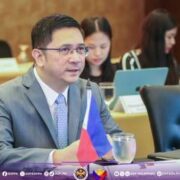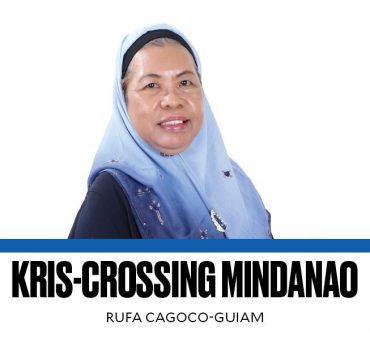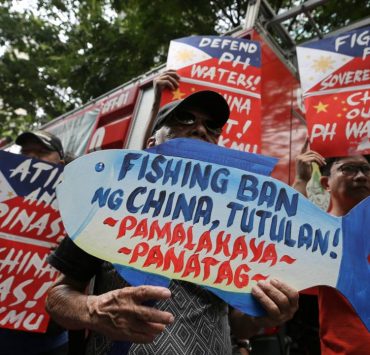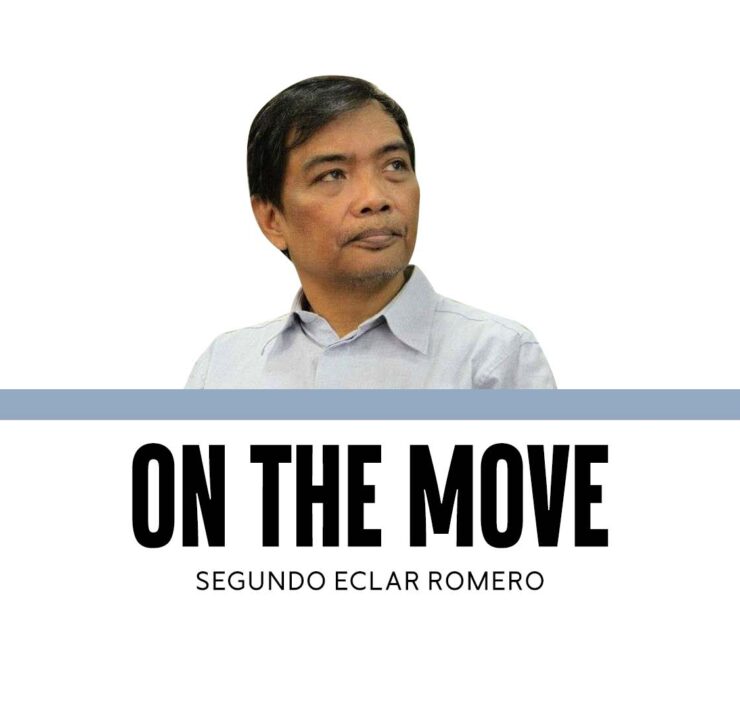The President as chief ‘dreamweaver’ (2)
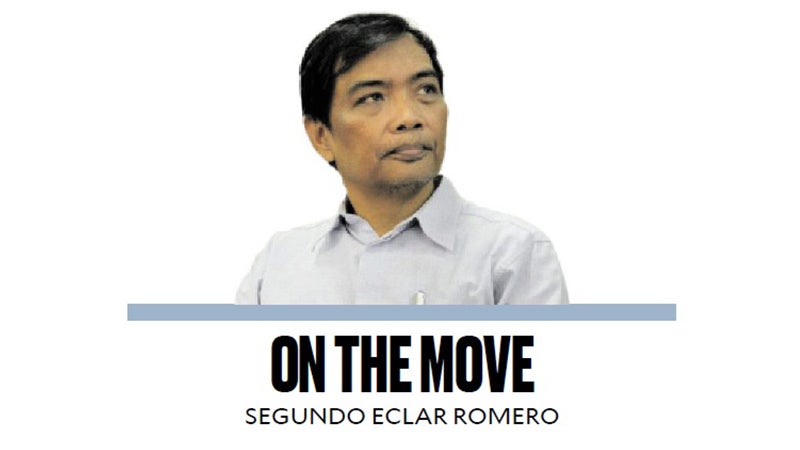
In our Development Academy of the Philippines Mindanao Caravan to promote the futures thinking program of the Academy among state universities and colleges (SUCs) and local government units (LGUs), we had a chance to visit Lake Sebu the next day and talk with representatives of the T’boli tribe.
We were lucky to be in conversation with the household of T’boli t’nalak master weaver Barbara Ofong, who founded the T’boli School of Living Tradition together with her niece Maria Todi. She demonstrated the backstrap method of weaving the t’nalak where the fabric is stretched across two points—the roof and the weaver herself wearing a backstrap harness.
When we visited their house last Saturday, there were several children in the house taking t’nalak lessons. After our visit, I was nagged by the question, is it the case that the acclaimed “dreamweavers” of the T’boli tribe only dream of patterns on t’nalak fabric, or are there other meanings and patterns that foresight the futures of the tribe?
While I was unable to ask the question, I found it so symbolic that in the weaving of the t’nalak, the white patterns are the first ones to be secured by masking them before the dyeing of the red and black dyes. The whites represent the images of purity. The red patterns represent the blood of the ancestors of the tribe. The brown and black represent the soil that harbors both conditions for plenty and deprivation, well-being, or disaster.
Could the t’nalak patterns reflect, if not foresight, at least moods of tribe-level optimism or pessimism?
Here, futures thinking should also involve myth-making. Futures thinking must counter the Filipino bent toward pessimism. To do this, it must consciously promote the visioning of achievable preferred futures. This must be done by carefully understanding the myths and lore that Filipinos, especially those who are poor, vulnerable, marginalized, disadvantaged, and voiceless, use to accept and consign themselves to their default fates.
Futures thinking must be a call to action, to nudge the swing of history in the future to benefit those who have been excluded from the official futures of the nation, bought with the people’s money year after year in annual budgets, only to enrich the future-proof political dynasties and impoverish the rest of the nation.
The National Academy of Science and Technology has used the term “Pagtanaw 2050” for “Foresight 2050.” This document is a pivotal document that strengthens and endorses the various initiatives to promote and practice futures thinking across the Philippine archipelago.
Together with the Sustainable Development Goals, futures thinking constitutes a welcome attempt to change the paradigm of strategic and policy planning in the Philippines at both the national and local levels.
The idea of “futures thinking” in the Philippines has been preempted by the preoccupation with national disaster risk reduction and management (DRRM). The extant strategies, laws, policies, programs, and initiatives that animate the bureaucracy give us a sense that the future of the Philippines is bleak, and full of natural and man-made hazards: between supertyphoons that bring massive landslides and flooding that disrupt the lives of people for weeks and the prospect of armed conflict as a result of contestation over the West Philippine Sea.
In general, there is a sense that the problems facing the country are so overwhelming the government and the bureaucracy are not able to inspire the people’s trust in the government, the system of democracy, and the people’s confidence in themselves.
Futures thinking must be optimism tempered with risk management, rather than predominantly risk avoidance and management. Without a promise of futures thinking as a method by which Filipinos can empower themselves to choose between actualizing hope rather than avoiding despair, futures thinking will just be another empty buzzword.
President Marcos should elevate the nation’s dream-weaving to constitute not only the elite actualizing their dreams.
The one image that was imprinted on my mind was how, during our visit to the Gensan fish port, an army of workers, buyers, and entrepreneurs were weighing, grading, packaging, and transporting hundreds of giant tunas (some destined for San Francisco, USA) and much value changing hands.
At the sidelines near the water, some workers, somewhat out of sight, were busy washing discarded innards of tuna, lucky to have something to bring home. Shouldn’t “hiraya manawari” also have meaning for them?












